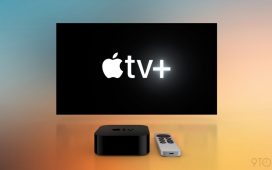At the moment, we run into one issue again and again when writing about phone design from the big brands – for the sake of argument, let’s point a finger at the iPhone, Google Pixel and Samsung Galaxy handsets.
That issue is trying to say something interesting about the tiny, iterative year-on-year changes, which mean that this year’s flagship phone model is only marginally different from the one before.
It feels as though the big brands are all too aware of market share and their only goal – and it’s a very shareholder-focused, top-down one – is to encroach a little further on each other’s turf. In the US right now, Apple has claimed almost 58% of the smartphone market, Samsung 23% and Google 4.5%. It’s a little more even in the UK, with 48%, 33% and 5.5% respectively (according to figures from Statcounter).
Hello, amorphous phone design soup
And it feels as though they’re shoring up their positions by making very conservative decisions in favour of tried-and-tested designs – whether their own or a competitor’s.
What this means for us, the phone buyers and users, is less choice. Not only are brands making fewer changes each year to the newest versions of the successfully bland models they’ve already marketed and sold, but increasingly, there’s less distinctiveness between brands.
Our Mobile Editor Anyron has already noted that the Google Pixel 9a is the most iPhone-like Android phone ever.
He points out that now it’s nixed the 8a’s distinctive visor-style camera module, and opted for rounded corners and dual-rear camera design, the 9a really does seem to be trying to speak in Apple’s design language – perhaps to tempt iPhone users who are sick of Siri and an incomplete AI experience over to the superior Gemini.
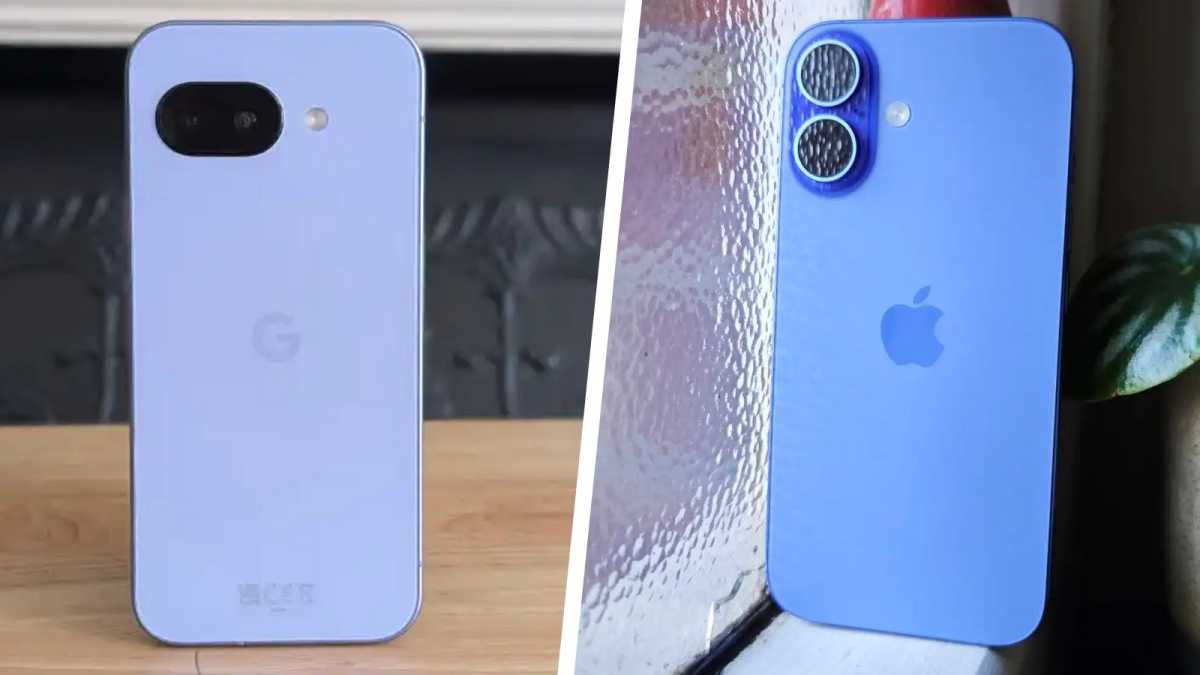
Foundry
Meanwhile, according to dummy models shown by trusted leaker Sonny Dickson (via X), this year’s iPhone 17 Air will have a camera bar that doesn’t look a million miles away from that of the Google Pixel 8a – although the iPhone’s bar appears to be glass, not aluminium.
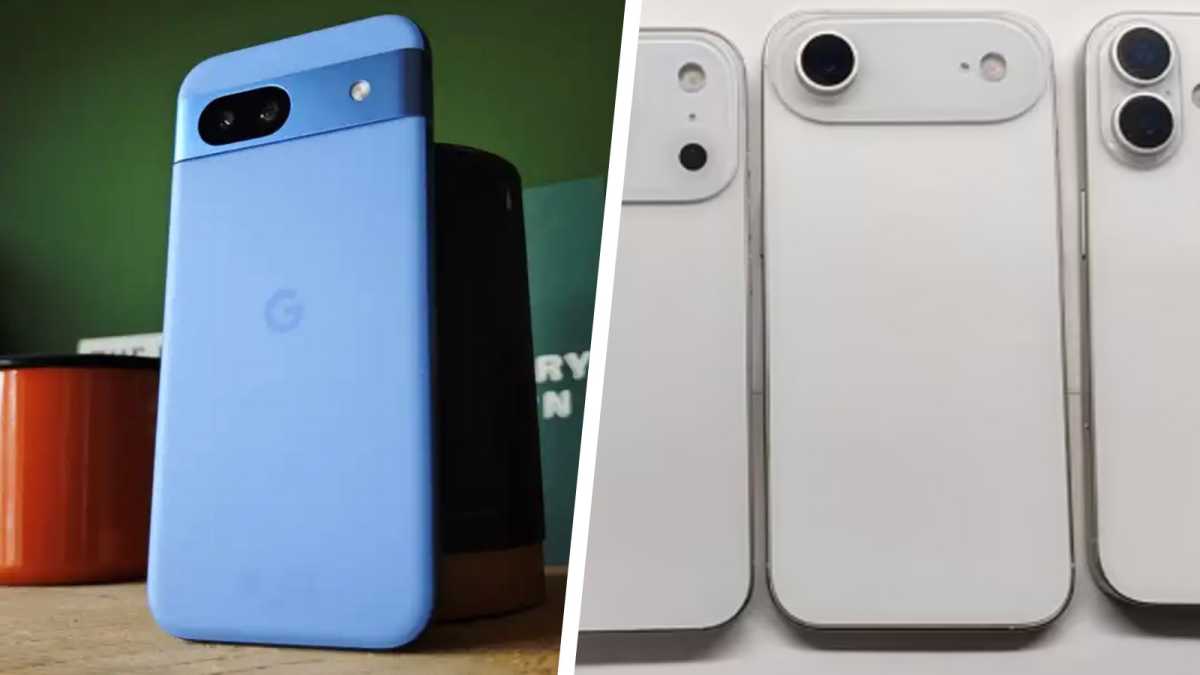
Foundry
Hello, amorphous phone design soup.
Is anyone stealing Samsung’s design? I’d argue that it’d be almost impossible to do so, and almost impossible to tell if someone did. Foldable models aside, Samsung’s handsets are perhaps the most featureless on the market, with 2023’s Galaxy S23, 2024’s Galaxy S24 and this year’s Galaxy S25 not only bereft of any design flair but virtually indistinguishable at a glance.
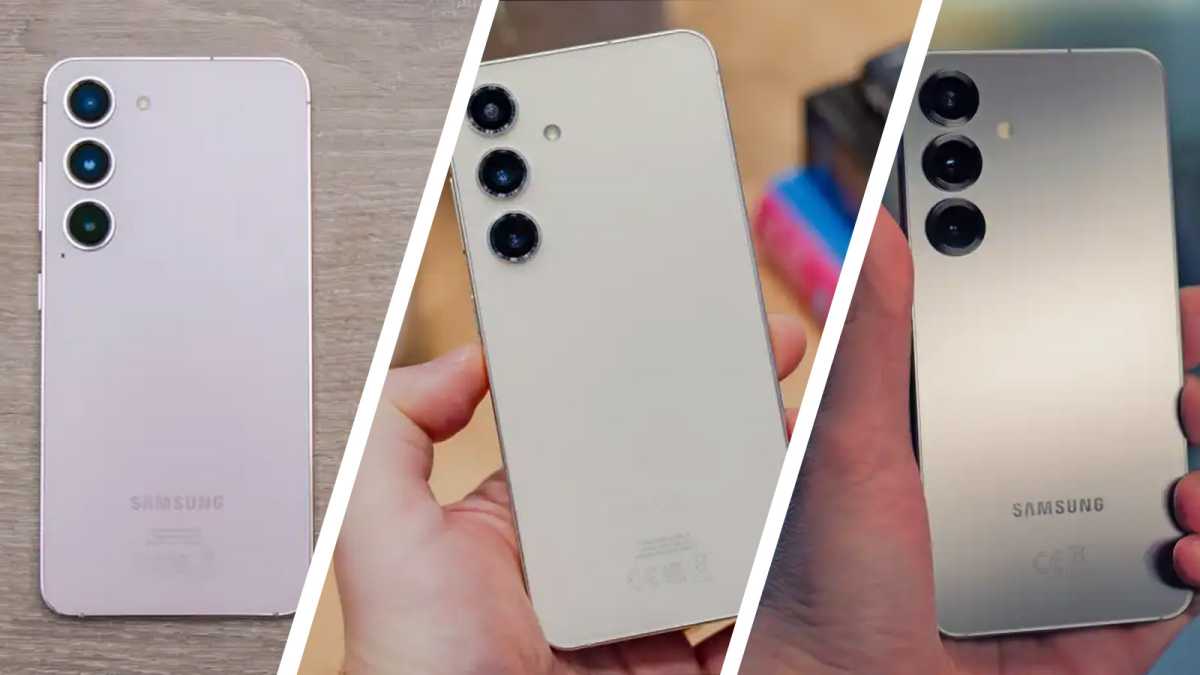
Foundry
That doesn’t mean we don’t like the Pixel 9a and the Samsung Galaxy S25. They’re good phones – but man, do they look bland.
Where brands are flexing a creative muscle seems to be in the design of ultra-thin phones, an area in which Apple and Samsung will go head-to-head. The iPhone 17 Air, rumoured to launch in September, has a reported thickness of around 5.5mm, while the new Samsung Galaxy S25 Edge is only slightly thicker at 5.8mm.
There’s a huge amount of engineering expertise that goes into a phone that thin – and a lot of functionality that needs to be left out. In the case of the S25 Edge, that’s the missing telephoto lens and relatively small 3900mAh battery, despite its £1,099/$1,099 starting price.
Just because the big brands aren’t innovating where phone design is concerned, it doesn’t mean that no one is
And all that effort, in spite of the fact I’ve yet to hear a single person say: If only my phone were 2mm thinner. (A bigger battery, however, is on a lot of wish lists.)
But just because the big brands aren’t innovating where phone design is concerned, it doesn’t mean that no one is.
You only have to look at the budget and mid-range markets, where Nothing and its sub-brand CMF have brought out phones that look and feel different from the norm.
Take the Nothing Phone’s signature light-up glyphs, which are more refined on the latest Phone (3a), or the budget CMF Phone 2 Pro, which you can fit with a host of accessories, including a fisheye and macro lens adapter, lanyard and wallet/kickstand.
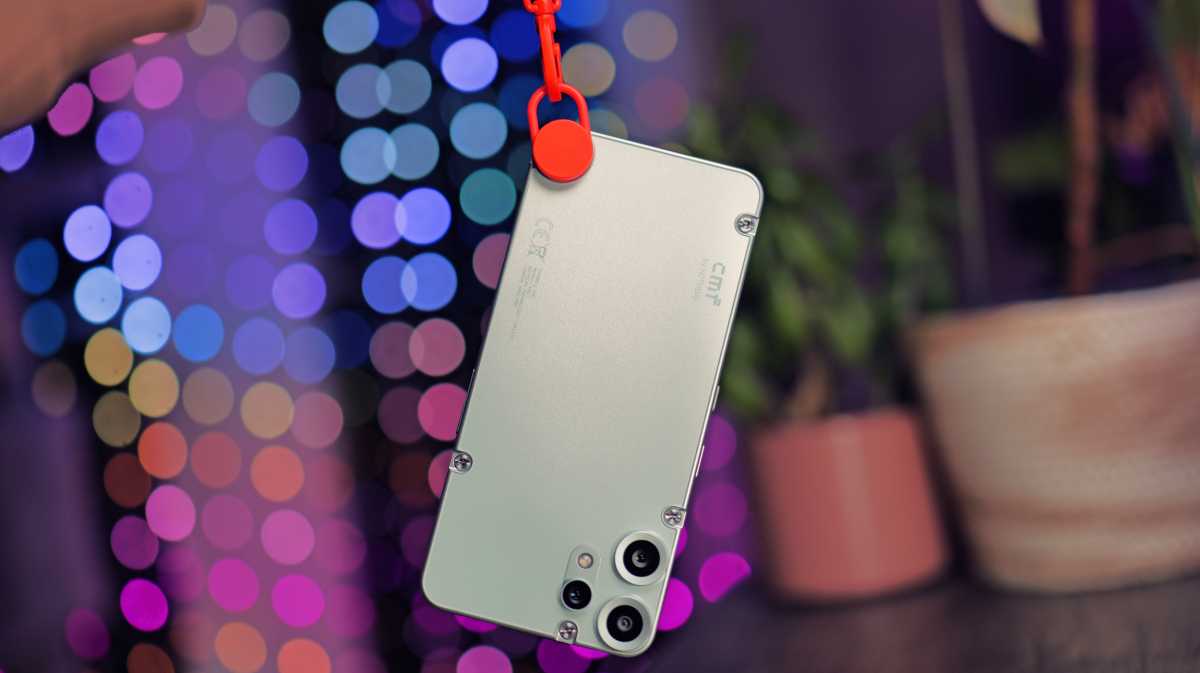
Luke Baker
For most people, a smartphone is a necessity. But it’s also a big-ticket purchase that most of us would like to get excited about. I wish the big brands would help us out with a bit of design flair – they can certainly afford to.


